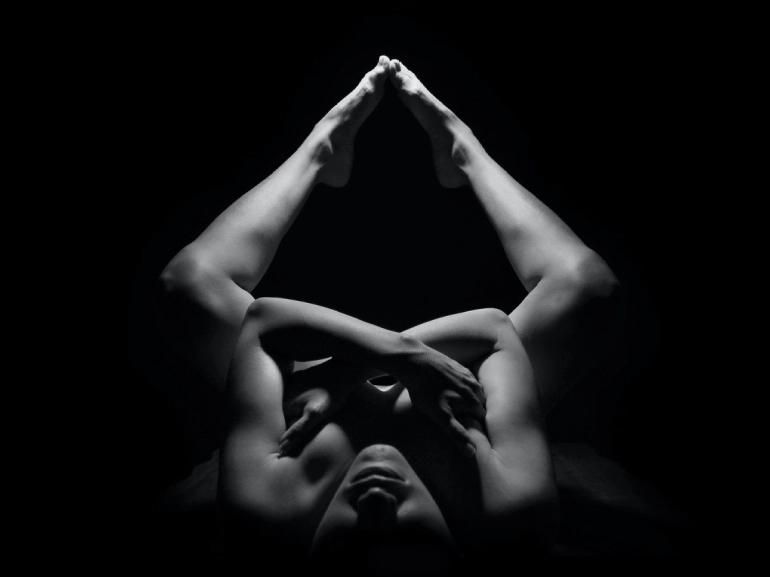Most people think that the type of smile you have regularly says something about your personality. But do they really? What is the point in asking someone how often they smile and their favorite type of smile if it does not tell you anything?
The first thing to know is that there are many types of smiles:
- The Duchenne smile
- Smiling because you’re happy or embarrassed
- A fake smile (or grin)
- Smiling because it’s your job
All these different types of smiles can mean different things for a person, depending on whom they are interacting with and why they chose to smile. In this article, you’ll learn the different smiles and what they say about you.
There is no perfect smile, and that’s okay
First things first, you need to know there is no perfect smile. Every smile is uniquely yours, and no one else can copy that. However, you can always show a great smile when you keep up with your dental health.
You’ve probably come across a myriad of blog posts telling you the basic things constantly: brush your teeth twice a day, floss, mouthwash, and visit your dentist’s clinic twice a year. While this might seem like a broken record, keeping your teeth and gums healthy ensures you have a smile that can launch a proverbial thousand ships.
Now that’s done and dusted, let’s take a look at each smile.
The Duchenne smile
One of the most common smiles is the Duchenne Smile. This smile is genuine and happens when someone is truly happy or amused. It is named after French neurologist Guillaume Duchenne, who was one of the first people to study facial expressions in detail. The Duchenne smile uses both the upper and lower parts of the face and is usually accompanied by laughter.
When you see someone smile in this way, it’s easy to tell that they enjoy themselves and feel good inside. This is the kind of smile you want to have when you’re feeling down—it will boost your mood and make you feel better instantly.
Smiling because you’re happy
Another common smile is the “smiling because you’re happy” smile. This usually happens when something good happens to a person, and they are genuinely overjoyed. It can also happen when someone is being praised or achieving something they’ve worked hard for.
This type of smile is infectious and often results in others around the person smiling as well. When you see someone smile in this way, it’s a good indication that they are in a good mood and happy with their current situation.

Smiling because you’re embarrassed
The third most common smile is the “smiling because you’re embarrassed” smile. This usually happens when someone is caught off guard or when something embarrassing happens to them. It’s also seen when someone is trying to win favor or approval from other people.
When you see this type of smile, the person probably hopes others will not make a big deal about what happened and will treat it like it wasn’t a big deal (even if it was). This can signify that the person is insecure or shy and uncomfortable in social situations.
A fake smile (or grin)
The fourth most common smile is the fake smile or grin. This smile is often used to avoid confrontation, when you don’t know what to say, or when you’re trying to be polite. It’s also used as a way to get what you want from people, especially when you’re offering a trade of some sort.
This is not a true smile and usually has no emotional content at all. In fact, if you look closely at someone with this type of smile, their face doesn’t move much or crack in any unusual ways—it’s more like they are forcing it.
This type of smile is often used when you don’t want someone to know what you’re really thinking. While it might seem harmless, this is not a good habit to get into and can make others around you feel uncomfortable. Smile when you mean it.
Smiling because it’s your job
The last most common smile is the “smiling because it’s your job” smile. This usually happens when someone works a customer service job or has to greet people regularly. It can also happen when a person meets someone for the first time.
This smile is often polite and doesn’t show much emotion. The person might be feeling happy inside but doesn’t want to show it in public. The smile is also an attempt to make sure that people are still nice when they interact with that person—it can be an excellent way to prevent conflict or any adverse reactions that could harm the job.
While it might seem harmless at first, this type of smile can become painful if you do it too often. It can also come off as fake or insincere and make people think that you’re not very interested in what they have to say.
It might seem like a small thing, but your smile is a big part of how you present yourself to the world. While smiling is a natural reflex and has benefits, the only kind of smile you should be using is the one that feels genuine. There are meditations and exercises for smiling more. However, if you’re not feeling it at the moment, don’t force it. Everyone has bad days; you can’t always feel like smiling. So let your smile reflect how you really feel—even your dentist would agree with that.



